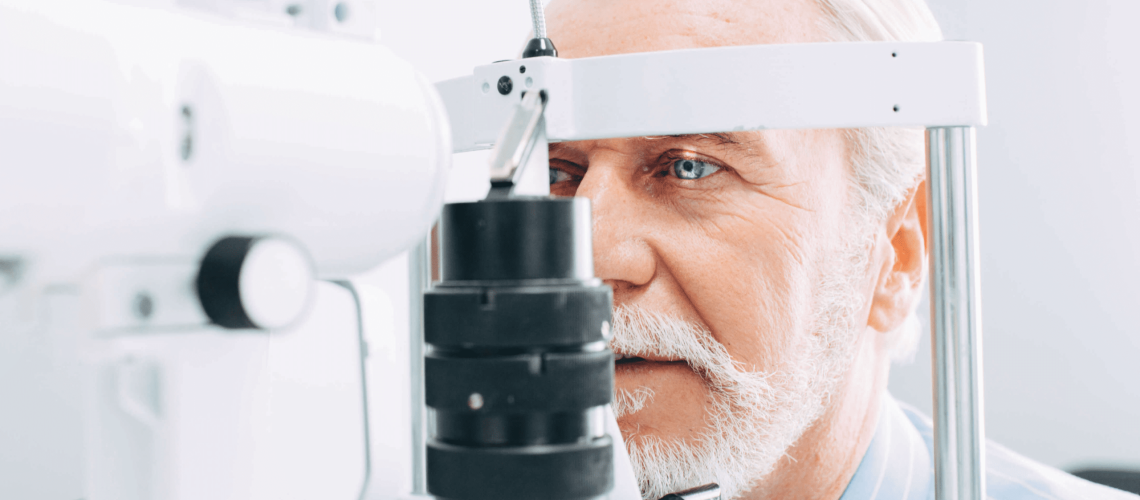
Cataracts, the leading cause of global visual impairment
Typically, cataract disease occurs with ageing but is a complex disorder with environmental and genetic risk factors contributing to the development of the condition.
Cataracts remain a leading cause of global visual impairment,
accounting for 51% of the world’s blind and 33% of visual impairment.
The oldest documented case of cataract disease dates back more than 4,000 years and was seen in the eye of an Egyptian statue.
Surgery for cataract disease has a similar history, with a representation of couching, a procedure where the diseased lens is removed from the eye using a long sharp instrument plunged into the eye, observed in Egypt around 1200BC.
Couching is, in fact, one of the oldest surgical procedures. Couching sometimes restored vision but was a very ineffective and dangerous technique where the complications often outweighed any benefit to eyesight. Sadly, it is still performed as a treatment for cataract disease in countries such as Yemen.
Risk Factors of Cataracts
Most cataracts occur as part of the aging process.
Age-related cataract is a multifactorial condition involving interaction between environmental factors such as UV light and tobacco smoking, and genetic predisposition. Other factors include;
- Chronic health conditions, such as diabetes
- Tobacco smoking
- Excessive alcohol consumption
- Have a family history of cataracts
- Have had an eye injury, eye surgery, or radiation treatment
on your upper body - Have spent a lot of time in the sun
(National Eye Insititue, 2020)
Symptoms that you should be aware of and discuss with your Optometrist, or General Practitioner;
Your vision is cloudy or blurry
Colours look faded
You can’t see well at night
Lamps, sunlight, or headlights seem too bright
You see a halo around lights
You see double (this sometimes goes away as the cataract gets bigger)
You have to change the prescription for your glasses often
(National Eye Insititue, 2020)
Modern-Day Treatment of Cataract Surgery
Non-surgical management of Cataract disease
Drug based treatments aim to prevent or reverse cataract formation by targeting structural maintenance and minimising oxidative damage in the eye; this damage results in a clear lens becoming opaque. However, whilst there is significant research taking place nationally and internationally, at present, there is no robust clinical trial data to support effective pharmacological treatment for cataracts.
Modern Day Cataract Surgery
The treatment of cataract disease is surgery, with more than 20 million procedures performed each year.
Cataract surgery is a two-step procedure, first with the removal of the opaque lens, followed by implantation of a new artificial lens.
Pre-surgery planning and discussion is crucial to make sure the most appropriate lens is selected, based on the activities that patients want to get back to.
Surgery is typically completed with the use of local anaesthetic, and topical anaesthesia applied to the eye, rarely is general anaesthesia required. It is a relatively quick procedure taking approximately 10 minutes per eye.
Post-surgery, our focus as surgeons is to control inflammation and infection; this is achieved using a combination of intra-surgical and topical medications.

